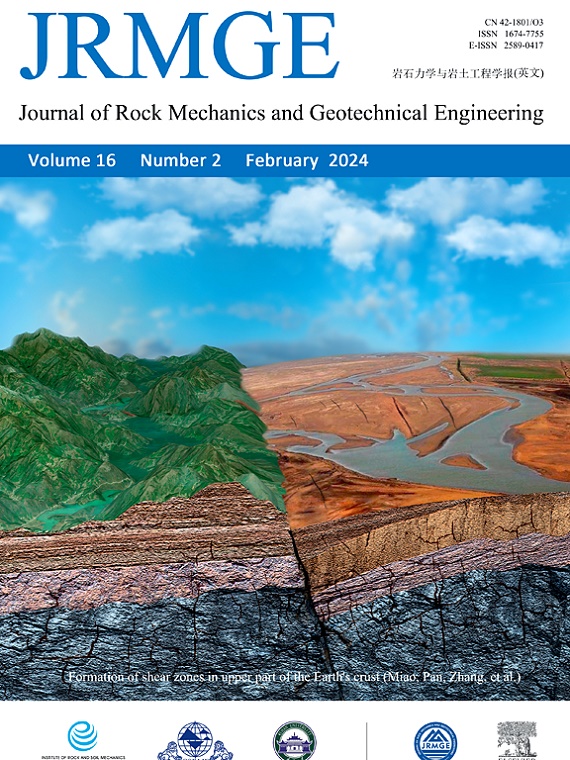A three-dimensional feature extraction-based method for coal cleat characterization using X-ray μCT and its application to a Bowen Basin coal specimen
Abstract
Cleats are the dominant micro-fracture network controlling the macro-mechanical behavior of coal. Improved understanding of the spatial characteristics of cleat networks is therefore important to the coal mining industry. Discrete fracture networks (DFNs) are increasingly used in engineering analyses to spatially model fractures at various scales. The reliability of coal DFNs largely depends on the confidence in the input cleat statistics. Estimates of these parameters can be made from image-based three-dimensional (3D) characterization of coal cleats using X-ray micro-computed tomography (μCT). One key step in this process, after cleat extraction, is the separation of individual cleats, without which the cleats are a connected network and statistics for different cleat sets cannot be measured. In this paper, a feature extraction-based image processing method is introduced to identify and separate distinct cleat groups from 3D X-ray μCT images. Kernels (filters) representing explicit cleat features of coal are built and cleat separation is successfully achieved by convolutional operations on 3D coal images. The new method is applied to a coal specimen with 80 mm in diameter and 100 mm in length acquired from an Anglo American Steelmaking Coal mine in the Bowen Basin, Queensland, Australia. It is demonstrated that the new method produces reliable cleat separation capable of defining individual cleats and preserving 3D topology after separation. Bedding-parallel fractures are also identified and separated, which has historically been challenging to delineate and rarely reported. A variety of cleat/fracture statistics is measured which not only can quantitatively characterize the cleat/fracture system but also can be used for DFN modeling. Finally, variability and heterogeneity with respect to the core axis are investigated. Significant heterogeneity is observed and suggests that the representative elementary volume (REV) of the cleat groups for engineering purposes may be a complex problem requiring careful consideration.

 求助内容:
求助内容: 应助结果提醒方式:
应助结果提醒方式:


